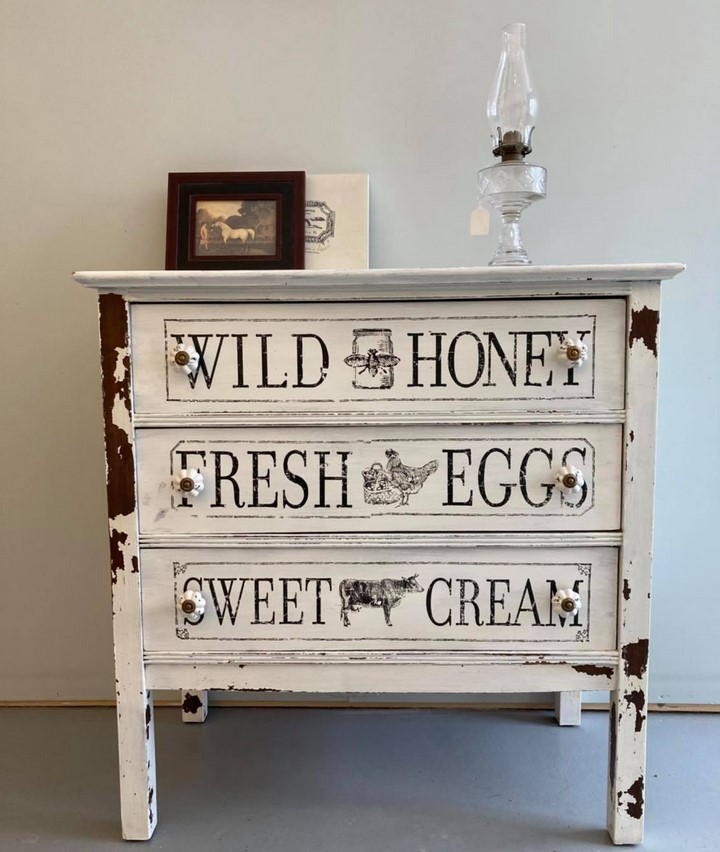Table Of Content

Charnel houses or ossuaries are vaults or underground chambers, usually built near churches, to store the overflow of bones after they’ve been dug up from cemeteries when burial space is scarce. The newly dead will be buried in graveyards, and then later dug up and interred in the charnel house. The bones can get mixed up and it’s not clear who is who at the other end of history. Identifying bodies and matching skulls to bones is a challenge for archaeologists. The church’s earliest foundations date back to the 12th century and were erected on an earlier Saxon site. Charnel houses can be found in many cultures and in many time periods, including the present.
Russian/Soviet History
Despite this, he remained principled and consistent amidst mainstream pressures to censor anything with a connection to Soviet or Russian history in light of the war in Ukraine. After the first wave of heroic histories of modern architecture—written by the likes of Siegfried Giedion, Nikolaus Pevsner, Henry-Russell Hitchcock, Bruno Zevi, and Leonardo Benevolo—came a number of more critical retrospectives. Kenneth Frampton and Manfredo Tafuri each explored the contradictions of modernism, offering subtler dialectical narratives informed by the Frankfurt School and Marxism. Similarly, William Curtis sought to both historicize and globalize the modern movement by expanding its canon of master practitioners. At the 96th Academy Awards ceremony in Los Angeles, along with Finneas O’Connell, Billie Eilish received the Academy award for Best Original Song for the film “Barbie”, directed by Greta Gerwig.
Crop your artwork:
The idea of digging up bodies and removing them may seem unthinkable and even grotesque but it was commonplace in the past. Until recently, cremation was outlawed by many Christian denominations (in particular Roman Catholicism) which meant burial was the only option. Coupled with other religious customs about burial, such as the need to be buried in consecrated ground, cemeteries began to run out of space and the question of what to do with fresh bodies became a pressing issue. So, while it might sound like a sweet brand of hot cocoa, it’s actually far less cozy.
Ancient Image Galleries
When they finally turned ivory-white they were painted by the local gravedigger using earth based pigments – a detail which is reminiscent of the ritual use of ochre in ancient burials. It is a tradition that has been likened to leaving flowers at the side of a grave, to commemorate and pay respects to the dead. The Sedlec Ossuary in the Czech Republic has bones ornately arranged into coats-of-arms, chandeliers, and even the signature of the main artist to create the displays. Arciconfraternita Santa Maria dell'Orazione e Morte, Italy is home to another impressive chandelier made from human bones. A hidden hall of bones containing the remains of thousands of dead was a secret kept for centuries.
Garlands of colorful flowers are especially popular on the skulls of women while the men are often crowned with ivy. Some of the designs are almost cheerful, with pretty pink roses and brightly colored garlands. All of the skulls have one thing in common – names and dates of death are painted in beautiful Gothic script across the forehead. These examples are programmatically compiled from various online sources to illustrate current usage of the word 'charnel.' Any opinions expressed in the examples do not represent those of Merriam-Webster or its editors.
Cake offers its users do-it-yourself online forms to complete their own wills and generalized educational content about wills. Many users would be better served consulting an attorney than using a do-it-yourself online form. The fees for the advice of an attorney should not be compared to the fees of do-it-yourself online forms. We cannot give you customized advice on your situation or needs, which would require the service of an actual attorney. Any information you provide to Cake, and all communications between you and Cake, are not protected by an attorney-client privilege and are instead governed by our Privacy Policy.
An interview with Grigory Yudin
The macabre practice may seem outrageous today but storing older skeletons in ossuaries like this was not uncommon in the past. University of Sheffield researchers reportedly have identified nearly 60 possible bone store sites throughout the UK – however they may not be as well preserved as the Rothwell example. Other countries famously hold examples of huge ossuaries containing shocking numbers of bones, such as the incredible catacombs beneath Paris, France, stretching 11,000 square meters (nearly three acres) and holding six million dead. The Sedlec Ossuary in the Czech Republic famously uses the bones of up to 70,000 people to decorate the interior. The village of Wamba in the province of Valladolid, Spain, has an impressive ossuary of over a thousand skulls inside the local church, dating from between the 12th and 18th centuries.
The Incredible World of Painted Skulls and Bone Houses
When the people who run Techne originally posted these resources back in 2014, they included some crude PDFs knitted together from photos I took (of uneven quality) ten years ago in the bowels of the Avery Architectural Library at Columbia. Recently these old files have been thoroughly superseded by direct scans from the Nekrasov Central Universal Scientific Library in Moscow, which I’ve attached below — further organized by year and enumerated beneath. But already there’s a factor that introduces dissonance into the picture — it’s obvious that the blitzkrieg failed. It’s becoming harder and harder to pretend that all of this is happening somewhere far away and will soon be over — on the contrary, it’s already an obviously significant military conflict. Lots of people on the Russian side have already been killed or wounded, with many more to come. Russians have many relatives in Ukraine, and, according to numerous reports, the Russian air force has begun using cluster bombs, which means a lot of civilian deaths.
Ancient Places

A Cornish (England) folktale tells of a wager in which a man offers to go into the parish charnel house and come out with a skull. As he picks one up a ghostly voice says, "That's mine." He drops it, and tries again a second and third time. Finally the man replies, "They can't all be yours," picks up another, and dashes out with it, winning the wager. By speaking of the "parish" charnel house the story illustrates the widespread usage of such repositories.
Ossuaries—chambers for storing human bones—are commonly described as places founded to house skeletal remains when cemeteries were overcrowded and burial space was scarce. But to focus solely on the functional would be selling these grim bone houses short. You may want to learn more about charnel houses if you find this topic interesting.
That said, because they may be more likely to store the remains of the recently deceased in caskets and urns, they don’t necessarily resemble most charnel houses from history. Many modern societies have turned away from the practice of digging up bones and storing them in charnel houses. The London Blitz had resulted in the almost complete destruction of St. Bride’s Church. When reconstruction finally began in the 1950s, a team preparing the site rediscovered the crypts and charnel houses, which feature approximately 7,000 remains arranged in a checkerboard pattern. With this in mind, many started painting dates of birth and death on the skulls of lost loved ones.

No comments:
Post a Comment